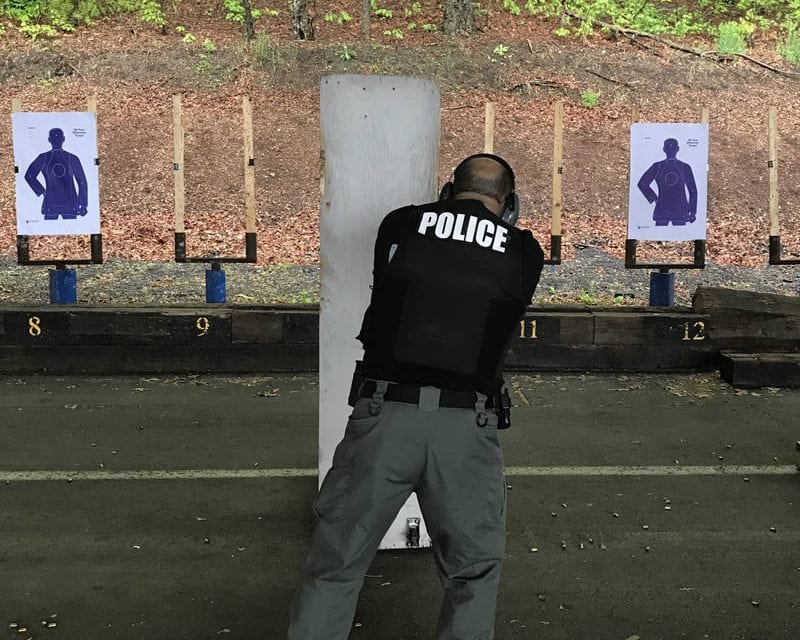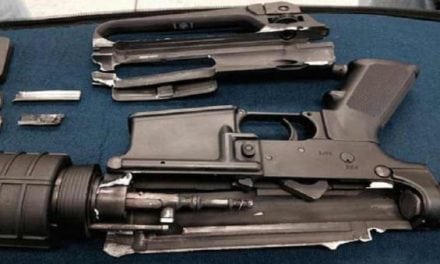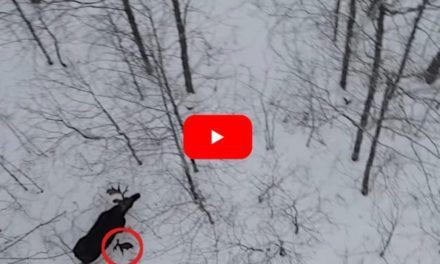by Robert Cardente
Special to Outdoor Enthusiast Lifestyle Magazine
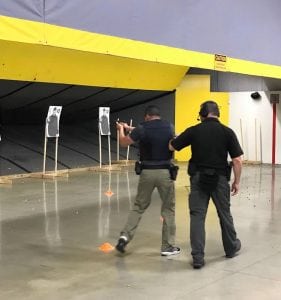 Not too many people can say they have had the experience of being in a gunfight – which is a good thing! If you haven’t, I can assure you that a few things will happen if someone is shooting at you… your body is going to get a dump of adrenaline and you are going to move. A moving target is much harder to hit than a stationary one, and the adrenaline dump will hopefully help you react a lot quicker than you are used to!
Not too many people can say they have had the experience of being in a gunfight – which is a good thing! If you haven’t, I can assure you that a few things will happen if someone is shooting at you… your body is going to get a dump of adrenaline and you are going to move. A moving target is much harder to hit than a stationary one, and the adrenaline dump will hopefully help you react a lot quicker than you are used to!
Unless you are training while being shot at, which is something I don’t recommend, it can be difficult to predict your behaviors. It would be ideal to draw your gun while moving; move away from your threat at an angle, deliver some well-aimed shots at the center mass of your threat, and get behind cover. In actuality, you may just turn and run like hell, which is better than just standing still!
If you have never had the experience of shooting while moving, it can be challenging to hit what you are aiming at. Now add the experience of someone shooting back at you, and you have the makings of a bad day… unless you are prepared.
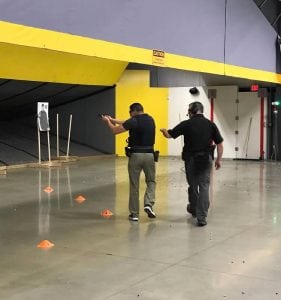 As always, it comes down to training. I often recommend to my students to get a competition timer and set the buzzer to random times. When the students hear the buzzer, they move at an angle, either away from or towards the threat, as they draw their firearm. Once that skill has been mastered, I add in live fire and instruct them to fire as many rounds as they can while accurately hitting the threat. The final step is to get behind cover and reassess the situation while exposing as little of themselves as possible.
As always, it comes down to training. I often recommend to my students to get a competition timer and set the buzzer to random times. When the students hear the buzzer, they move at an angle, either away from or towards the threat, as they draw their firearm. Once that skill has been mastered, I add in live fire and instruct them to fire as many rounds as they can while accurately hitting the threat. The final step is to get behind cover and reassess the situation while exposing as little of themselves as possible.
In reality, your environment will dictate which way you will move; cover may be only a step or two to your left or right, or it may be across the parking lot behind your vehicle. The key in training is varying the distance you are moving to cover and the angles at which cover is located. All of this sounds like a lot of work to master… and it is.
Slow and smooth is the key, so I recommend starting off slow when working on this skill. There is no sense in moving and shooting if you can’t hit what you are aiming at. The second component while you are moving and shooting should be thinking about where you are moving to and how much protection your cover will provide.
This is not something you are going to be able to practice at your local range, but you certainly can practice moving at an angle, drawing your firearm, and getting to a point of cover in the privacy of your own home. Even though you are dry practicing this skill, safety is key! You should ensure your firearm is unloaded and no one is going to be paying you a surprise visit while you are working on this skill.
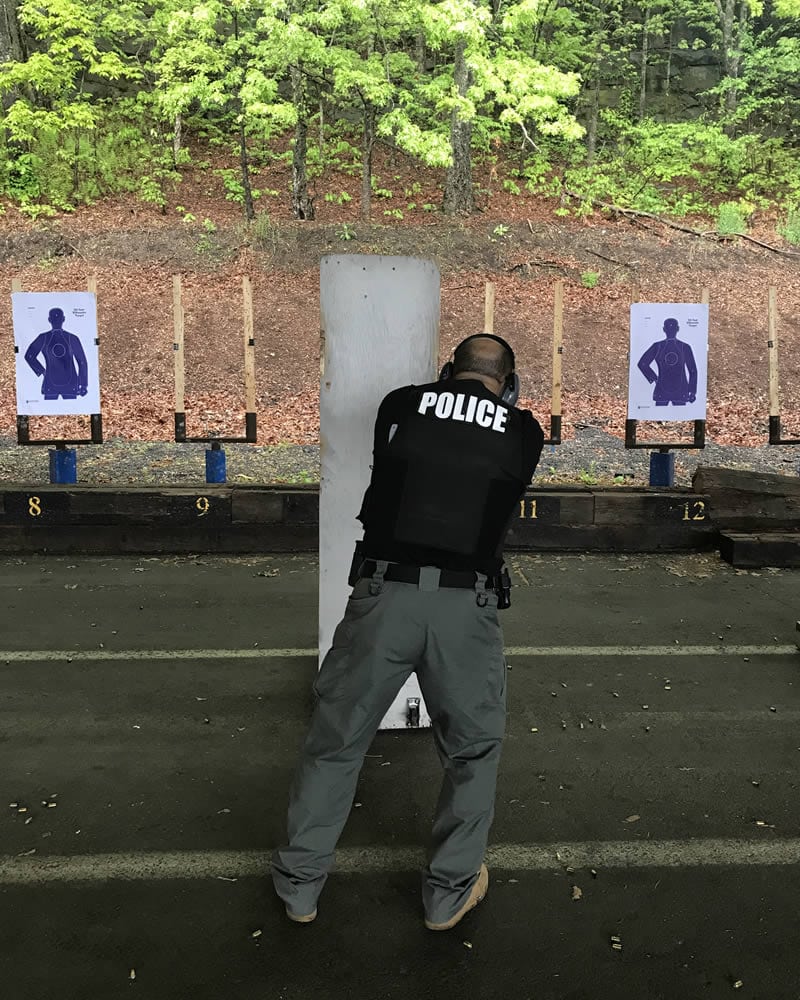
As for adding live fire to this exercise, seek out a qualified firearms instructor who provides classes that include drawing and moving, moving and shooting, and shooting from behind cover.
Robert Cardente is a law enforcement firearms instructor, CEO of Armed and Ready Consulting, and Chief Firearms Instructor at The Preserve at Boulder Hills.

